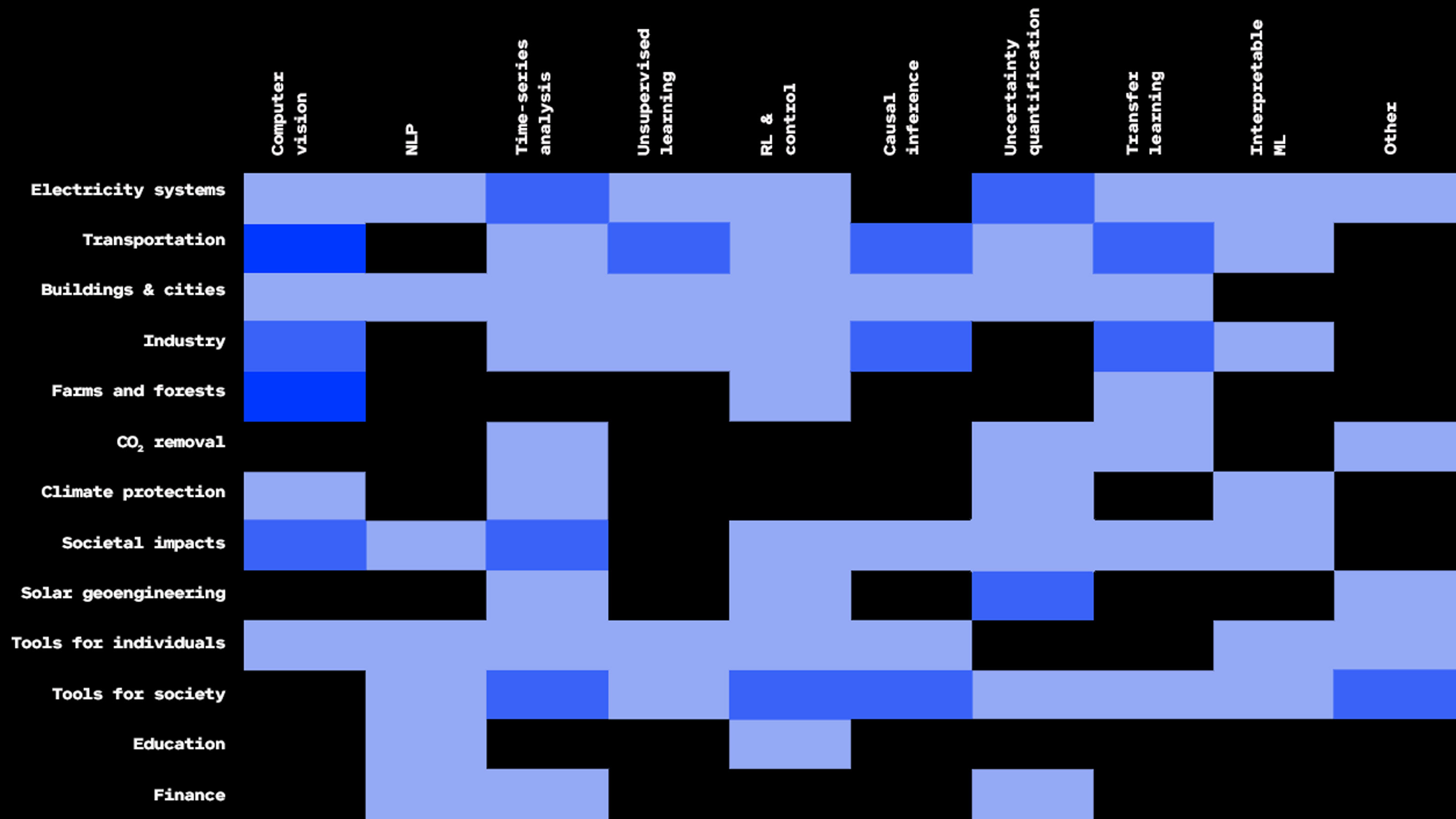
The Uncanny Valley is an aesthetic concept that refers to the relationship between an object's similarity to a human being, and our emotional reaction. The uncanny valley is often referred to as the "twilight zone" between realism and unreality. It is a common phenomenon in the art world, where people often respond emotionally to a painting, film, or video.
Inconsistencies with realism
The uncanny valley effect has been studied in humans and animals. Researchers discovered that people and objects can be reduced in realism, which leads to eerie and cold feelings. Their study suggests that the effect of familiarity has a role in the uncanny valley, although the exact mechanism is not yet clear. Perceptual narrowing is also important in this study. Read on to learn more about this interesting effect.
Researchers determined the degree of realisticity a human face, or animal, possessed by comparing it against three different representations. They then compared each representation's realistic level to three levels: warm and hostile, as well as recognizable. The statistical significance of these results was increased when the standardized Gammas were considered. It was more realistic for those who were not familiar with all of the representations.

Emotional Response to Artificial Figures
Artificial figures can trigger a human emotional reaction. Although the human face can be recognized across cultures, facial expressions are not universally consistent. Ekman built a model of human faces that can be recognized by computers. He was able, in this way to discern what people feel when they look at an artificial person. Emotions are associated with specific ideas or patterns of thought.
Triggers
"Uncanny" refers to an event in which an object/scene appears to be very similar to a face, but is unique. It may trigger feelings of unease or eerieness depending on what stimulus it is. This psychological phenomenon is not limited to humans.
Mori developed the theory to explain why humans can react negatively to robots in different social situations. It is based on the basic assumption that humans will react negatively to robots if they appear anthropomorphic. Because humans have a lower emotional level than robots, we're more inclined to fear and react violently when they see one. Researchers have made many attempts at explaining why humans have negative reactions towards non-human objects.
We have the evidence
Evidence of the uncanny valley is a phenomenon that is not unique to humans. We are more likely to see the larger goggle eye when we view a human face. However, an avatar may make us feel more comfortable than a human face, even though it is clearly cartoony. This phenomenon can be explained by differences in cognitive and affective processes. It can also take place due to cultural artifacts, generational factors, and other cultural influences.

Many studies have shown that highly realistic robots can trigger negative emotions in human observers. This phenomenon is called the uncanny valley. Synthetic characters do not meet the standards of what makes a human. We feel uncomfortable and uneasy when characters don't fit the definition of "human". These negative feelings are believed stem from our evolutionary heritage. We are therefore susceptible to this phenomenon.
FAQ
What is AI good for?
There are two main uses for AI:
* Prediction-AI systems can forecast future events. A self-driving vehicle can, for example, use AI to spot traffic lights and then stop at them.
* Decision making - AI systems can make decisions for us. For example, your phone can recognize faces and suggest friends call.
Who was the first to create AI?
Alan Turing
Turing was born in 1912. His father was clergyman and his mom was a nurse. He was an exceptional student of mathematics, but he felt depressed after being denied by Cambridge University. He started playing chess and won numerous tournaments. After World War II, he was employed at Bletchley Park in Britain, where he cracked German codes.
He died in 1954.
John McCarthy
McCarthy was born 1928. Before joining MIT, he studied maths at Princeton University. There, he created the LISP programming languages. By 1957 he had created the foundations of modern AI.
He died in 2011.
What is the newest AI invention?
The latest AI invention is called "Deep Learning." Deep learning is an artificial intelligence technique that uses neural networks (a type of machine learning) to perform tasks such as image recognition, speech recognition, language translation, and natural language processing. Google invented it in 2012.
The most recent example of deep learning was when Google used it to create a computer program capable of writing its own code. This was done with "Google Brain", a neural system that was trained using massive amounts of data taken from YouTube videos.
This enabled it to learn how programs could be written for itself.
In 2015, IBM announced that they had created a computer program capable of creating music. The neural networks also play a role in music creation. These are known as "neural networks for music" or NN-FM.
AI: Is it good or evil?
AI is both positive and negative. The positive side is that AI makes it possible to complete tasks faster than ever. We no longer need to spend hours writing programs that perform tasks such as word processing and spreadsheets. Instead, instead we ask our computers how to do these tasks.
On the negative side, people fear that AI will replace humans. Many people believe that robots will become more intelligent than their creators. This could lead to robots taking over jobs.
Statistics
- In 2019, AI adoption among large companies increased by 47% compared to 2018, according to the latest Artificial IntelligenceIndex report. (marsner.com)
- That's as many of us that have been in that AI space would say, it's about 70 or 80 percent of the work. (finra.org)
- The company's AI team trained an image recognition model to 85 percent accuracy using billions of public Instagram photos tagged with hashtags. (builtin.com)
- Additionally, keeping in mind the current crisis, the AI is designed in a manner where it reduces the carbon footprint by 20-40%. (analyticsinsight.net)
- More than 70 percent of users claim they book trips on their phones, review travel tips, and research local landmarks and restaurants. (builtin.com)
External Links
How To
How to set Cortana up daily briefing
Cortana is a digital assistant available in Windows 10. It helps users quickly find answers, keep them updated, and help them get the most out of their devices.
The goal of setting up a daily briefing is to make your personal life easier by providing you with useful information at any given moment. Information should include news, weather forecasts and stock prices. It can also include traffic reports, reminders, and other useful information. You can choose the information you wish and how often.
Win + I will open Cortana. Scroll down to the bottom until you find the option to disable or enable the daily briefing feature.
Here's how you can customize the daily briefing feature if you have enabled it.
1. Start the Cortana App.
2. Scroll down to the "My Day" section.
3. Click the arrow to the right of "Customize My Day".
4. Choose the type of information you would like to receive each day.
5. Change the frequency of the updates.
6. Add or subtract items from your wish list.
7. You can save the changes.
8. Close the app